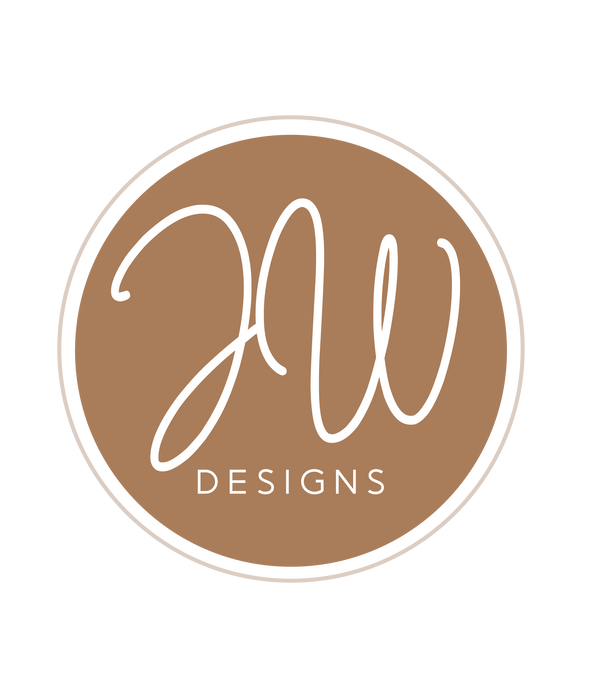[This blog post is written by me, Julia Wachs. I do not use AI to generate text.]
For my entry into the Pantone Quilt Challenge 2025 (my first one!) I decided to create a design that draws heavily from Block 3 of my Vesta quilt, shown below.

But first off, I had to think about which fabrics I wanted to use. Mocha Mousse is honestly an enigma of a color to me- in some lighting it looks like a reddish brick color, and in others a cool toned medium brown. So, I started pulling fabrics from my stash that I thought would qualify. I ended up with Sienna Brick from Art Gallery Fabrics to start, but you'll see that I add more browns as I continue the project.
My first fabric pull is shown below. I decided to feature a fabric I've had in my stash for a while- an antique textile from a shop named Konjaku Nishimura in Kyoto, Japan. The width of the fabric suggests that it was an obi (kimono sash) in its previous life. I also couldn't resist adding in some bright yellow, which I believe is Empire Yellow from Art Gallery Fabrics. The light blue fabric is Pacific from Art Gallery Fabrics.

I knew that I wanted my mini quilt to be constructed using the curved English paper piecing technique. I'm used to doing regular straight EPP, but curved was a new challenge!
In my first mock-up of my design, I was originally thinking that the Japanese fabric would form the petal shapes, but as I started cutting out pieces, I realized that I wanted the fabric print's design to remain intact, and for more cool brown tones in the design. Therefore, I changed the design so that the fussy cut Japanese fabric would be framed in the center of the brown rings. I also slightly changed some arcs so that the points of certain pieces wouldn't be too sharp for piecing.

Next, I began to cut out fabric and prepare the EPP pieces. With curved EPP, I found that I absolutely needed to use Sewline fabric glue to keep the fabric down. I also needed to cut snips in for some of the tighter curves. Ultimately, the paper had a tendency to pop out while I was sewing, but it wasn't too unwieldy.
In a way, this project became somewhat of a improv quilt because I found out I didn't have enough of my additional mocha mousse color! I ended up auditioning several different wovens from my stash to see if I could satisfactorily fill the gaps. I decided on what I like to think of as a mocha mousse several shades lighter than the Pantone color. A latte mousse, if you will.



Over the next several weeks I hand pieced the quilt while on the couch enjoying movies, TV shows, and video puzzle games. Couch sewing at my house also makes absolutely sure that it gets a lot of dog hair on it :)
After I got the top together, I basted the quilt sandwich at the Seattle Modern Quilt Guild retreat at the beginning of April. Whenever I hand piece a quilt, I tend to want to hand quilt it and this one was no different. I used the big stitch hand quilting technique (tutorial here) in order to add more texture and interest. I absolutely love big stitch hand quilting and plan to utilize it more in the future.

After a couple more weeks, my mini quilt was complete! I'm calling it Vesta Block Study No. 1 because I used an original design from my Vesta quilt Block 3 to start. The original design of Block 3 didn't make it into the Vesta pattern because I decided to change it to foundation paper piecing, but I still couldn't get the original design out of my head. I'm hoping to one day create a full sized quilt from this block! I used the face binding technique (tutorial here) to bind and finish it.



The Pantone Quilt Challenge is hosted by Sarah Ruiz and Elizabeth Kray. More information can be found here: https://saroy.net/2025/02/announcing-the-2025-pantone-quilt-challenge/
Project Title: Vesta Block Study No. 1
Dimensions: 25" x 25"
Country of Residence: USA

